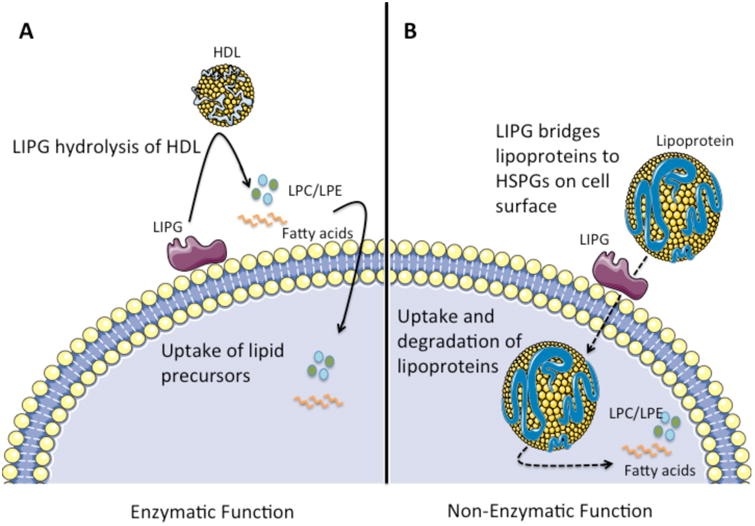Figure 1. Enzymatic and Non-Enzymatic Functions of LIPG.

A) LIPG bound to the cell surface hydrolyzes extracellular HDL, releasing lipid precursors such as fatty acids and LPC/LPE. These lipid precursors are then taken up by the cell and used for the biosynthesis of lipids, contributing to multiple cellular processes. B) Independent of its enzymatic activity, LIPG serves as a bridging molecule between lipoproteins (HDL/LDL/VLDL) and heparin-sulfate proteoglycans (HSPGs) on the cell surface. This facilitates the internalization of HDL, LDL, and VLDL particles into the cell via endocytosis, leading to their catabolism, supplying the cell with the lipid precursors necessary for lipid biosynthesis. While LIPG promotes the binding and uptake of all lipoprotein species, LDL and VLDL are internalized more efficiently than HDL particles. Through this mechanism, LDL and VLDL provide lipid precursors to the cell, however the majority of HDL particles are bound and released without internalization. This figure was produced using Servier medical art, available from http://www.servier.com/Powerpoint-image-bank.
